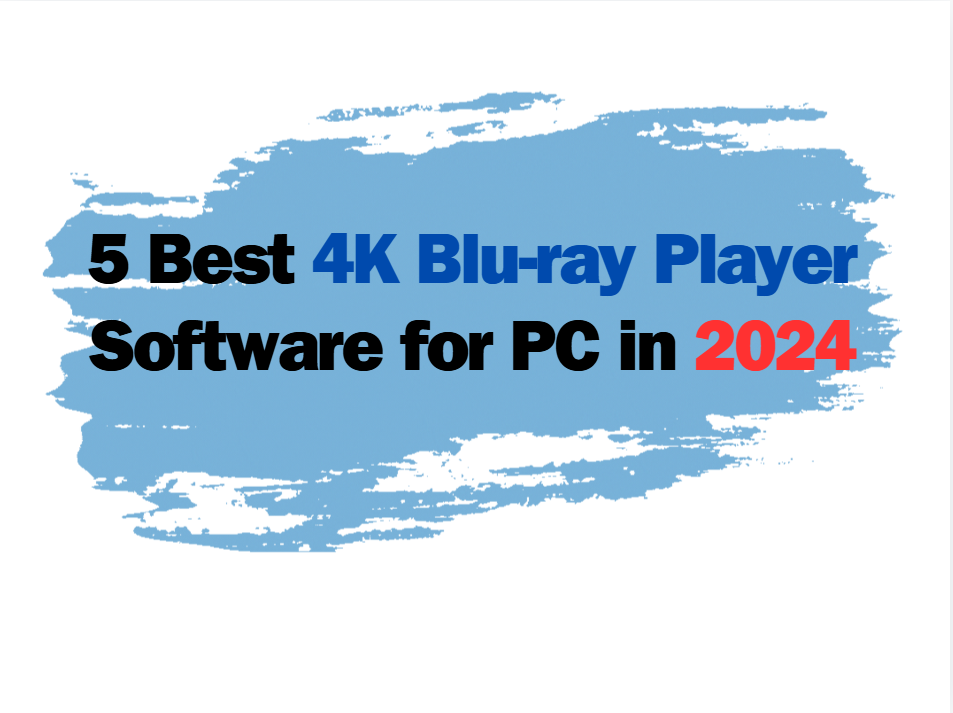Last updated on 2021-11-01, by
Applying for a personal loan

Applying for a personal loan is similar to applying for a credit card. You’ll have to submit your application online. You must also provide your application fee (up to $200). The application process is the same for all lenders.
Fees: Lenders are generally free, although some are charge. Some have low application fees, and some charge $200.
Types of lenders: There are a variety of lenders you can apply for. Some offer fixed rate loans, but many offer variable rates, too.
How can I find a credit union lender in my area?
You can find a credit union in your area through a variety of different sources. The first place to look for credit union loan information is your state’s credit unions. Visit the state’s organization’s website for more information, including contact information and lending restrictions. The credit union industry also has an online directory, Credit Union Locator, for lenders in your area. In addition, you can use this tool to find credit unions in your state that will provide you with information on mortgage applications or that may have a lender in your area, you can also go online for instant loans here if you want to get it faster.
Get more specific information on your lender. When you’re considering mortgage approval, it’s especially important that you know what the loan terms are that the lender is offering. Ask for the following:
The amount of the loan, including the closing costs, interest rate and fees.
Whether the loan will be adjustable or fixed-rate.
How many points will the lender require for a prime rate. Will the loan be underwriting-approved (or “qualified”)? If so, you will not receive a mortgage if you qualify for one. (Qualified borrowers must be able to meet at least two of the three underwriting standards listed above.) What does “qualified” mean?
Ask to see the Underwriting Manual: How to Get a Mortgage – the handbook that your lender will use to approve the loan. If you’re not confident that the mortgage company has followed the Underwriting Manual, you should be careful about where you buy a mortgage. If you’re buying a home with a new lender, your financial adviser should be able to direct you to the Underwriting Manual. The Underwriting Manual includes a list of the underwriting standards that the lender must meet. This should help you make a more informed decision about the home that you buy and where to put down the money to buy it. For more information on the mortgage underwriting standards, see Chapter 3.
What can I learn about the financing options available from a home seller, a home builder or an investment firm?
There are several different types of mortgage loan products available to you as a buyer. These types of mortgage loan products are grouped into the three different categories of:
“Loans for Acquisition.” These are the loans that you will take out to buy a house. These loans can be secured or unsecured. Secured loans are the only type of loan that has a down payment requirement. In other words, if you do not have a mortgage, you will need to have a deposit to buy your house. Unsecured loans do not require a down payment. The down payment requirement is calculated in percentage terms. For example, if you have an adjustable rate mortgage, you can choose to pay a portion of the mortgage as interest and the remaining portion as a monthly payment.











